Irises
At Woottens we grow over 300 different bearded Irises and many other Iris species including Iris sibirica, Iris spuria, Iris reticulata and Iris versicolor. Although bearded Iris enjoy full sun and a well drained soil there are many other species of Iris to suit other areas of the garden, from shade to water to clay soils. So take a look at the pages below to find the right Iris for your garden and you too can enjoy the beauty of the Iris flower.
How and when to order Irises
Bearded Irises can be ordered all year round when showing as ‘in stock’ on the website – HOWEVER – they are not lifted and dispatched until the autumn. Between July and October.
Bearded Irises arrive as bareroot rhizomes ready for planting. During the busy Iris harvest in the autumn, Bearded Iris orders are sent in accordance to the date they were ordered and do not always follow the normal plant dispatch times.
Any other Irises marked as a bareroot item on our website can be ordered and dispatched within 7-10 working days. Delays can occur through periods of severe frost or drought if it is detrimental for us to lift the plants.
Any Irises marked as ‘potted’ ie: in a 9cm or 1.3L pot can be ordered and dispatched within 5-7 working days.
Updates to our mail order dispatch times can always be viewed on this page: Mail order service
Adding to your order
You can add to your order anytime before dispatch
If you wish to combine orders simply add to the ‘order notes’ box at the checkout – ‘please combine my orders’. We will then send the orders all together and refund you back any additional postage paid for. Please note you can only combine orders going to the same address.
Please remember bare-root bearded Irises are lifted and dispatched between July and October only. You may place an order any time of year, however we will not dispatch your order until harvest time. Plants arrive as bareroot rhizomes ready for planting.
![]() Bearded Iris Care
Bearded Iris Care
POSITION
Bearded Irises dislike being crowded in with other plants. They need an open position where they can feel the breeze. Poor air circulation, like sticky soil, leads to bacterial problems. To flower well, Bearded Irises need full sun for at least six hours a day. Gertrude Jekyll liked to grow Bearded Iris in rectangular beds set in stone paving. Plenty of air and sun, and easy to keep weeded. Plant irises in large masses, and experience the ultimate in nasal ecstasy.
SOIL PREPARATION
Bearded Irises are easy plants in well-drained soil. They dislike sticky clay soils, which greatly increase the likelihood of bacterial problems. They prefer the soil to be alkaline or neutral. Acid soil should be limed. If the soil is heavy and needs breaking up, dig in quantities of spent mushroom compost or garden compost. If drainage is very poor, raised beds may be worth consideration. Iris beds need careful preparation to ensure you have a weed free start. Perennial weeds such as creeping thistle, nettle or ground elder are extremely difficult to weed from between established Iris rhizomes. Irises do not like excessive nitrogen; never incorporate animal manure into a new bed. Make sure any preparation work is completed a month before planting, so the soil can settle.
PLANTING IRISES
Irises should be planted between July and October as all their new root development is done in late autumn and early winter. Never transplant Bearded Irises in spring. Bearded Irises do vary in height and when planting an Iris border, try to grade the plants. In an island bed the taller plants should go in the middle, for a bed against a wall at the back. Bearded Irises, like many plants, look best planted in threes. If you plant just one rhizome of each variety the effect will be spotty. Planting distances is, as usual, according to impatience. But remember Iris rhizomes increase rapidly and close planting will necessitate frequent division. I plant Tall Bearded Irises 60cm. apart, Intermediate Bearded Iris 40cm. apart, and Dwarf Bearded Iris 30cm. apart. In the planting hole with each rhizome incorporate a tablespoon of slow release fertilizer. Never use an instant high nitrogen fertilizer. Bearded Irises hate a nitrogen rush, which leads to sappy growth and bacterial problems. Plant the irises with the top of the rhizome showing. Burying the rhizome can cause bacterial problems and may result in the Iris not flowering, as the rhizome will get insufficiently baked. Don’t worry if the Iris rhizomes seem rather insecure after planting. Within a month they will be strongly rooted. Water the Iris bed thoroughly after planting and water thereafter weekly until the end of October
WINTER CARE
During the winter, the irises’ leaves will die back. Dead leaves should be removed
SPRING CARE
Continue to remove any old foliage and weed carefully. When the Iris leaves are about 15cm. tall, sprinkle the Iris bed with a natural phosphate feed. As Irises approach flowering time, the mature fans, which will produce flowering stems, become swollen. Flowering for the dwarf varieties begins in mid-April, closely followed by the Intermediates. The Tall Bearded flower in late May and early June. During flowering time, spent flowers should be removed daily. Irises, once they have paraded their perfections, embrace putrefaction with shameful haste.
SUMMER CARE
After flowering, break off all the old flowering stems. Do not cut back the leaves in summer, as these are essential for the development of the new rhizomes. On month after flowering feed with a natural feed high is phosphate not nitrogen. This will encourage the formation of new rhizomes.
WATERING
Irises often need watering in dry periods in spring before blooming or after division and replanting. During hot dry summers, occasional watering may be necessary to ensure the new rhizomes continue to develop.
DIVISION
Bearded Irises also need to be lifted and broken up at least once every three years. If they are left longer the rhizomes tend to become congested and shade each other. Rhizomes should be lifted and replanted in late summer as new roots are made during the autumn rains. When lifting Bearded Irises, you can break off and discard old rhizomes, which have flowered, unless these are firm and will help anchor the plant when replanting. These will not flower again and they are worthless. Only trim leaves if you are replanting to reduced ‘wind rock’ and reduced transpiration this is not required if you are not moving the plant. Irises need their leaves to photosynthesise and produce food for next year’s flowering. Only remove brown leaves as they die back in the autumn/winter
DISEASES AND PESTS
Bearded Irises are troubled by few pests. Rabbits and caterpillars shun them. Slugs show only a mild interest. The biggest problem is bacterial infection. In our experience sprays and the like are not necessary. Good preventative hygiene is sufficient. A few basic rules. 1. When replanting irises, always replant into fresh soil. This will mean, if you wish to reuse an old bed, digging it out to a depth of 30cm. and refurnishing it with fresh soil. 2. Always plant Bearded Irises in an airy spot; good air circulation is essential. 3. Always plant Bearded Irises in well-drained soil. 4. Never plant Bearded Irises deep. 5. Always remove dead iris leaves. 6. Dig up and divide Bearded Irises before they become congested. 7. Do not water Bearded Iris with overhead sprinklers. 8. Never feed Bearded Iris with high nitrogen fertilizers. If you follow these rules, any losses suffered will marginal and the application of chemicals will be needless.
![]() Other Iris Care
Other Iris Care
IRIS sibirica
The Siberian iris is native to Turkey where it grows in swampy ground. In cultivation it is an amenable plant. It is unfussy as to soil and will grow in anything from the heaviest clay to the lightest sandy soil (once established) Happy in full sun, they also thrives in part shade. After planting Siberian Irises needs no special care, being disease free and untroubled by pests.
Siberian Irises are particularly suitable for use in London gardens, where the heavy soil and frequently shady conditions preclude the use of Bearded Irises. Their architectural clumps of foliage give substance to any herbaceous border. They look particularly handsome planted with Ligularias, Hostas, Brunneras, Phlox, Euphorbia Fireglow, Lythrums, Filipendula, Eupatoriums, Rheums….. Don’t chop down the dead flowering stems in August. Iris sibirica seed heads look good well into the winter.
Siberian irises make large clumps of architectural foliage and should be allowed a spread of at least 60cm. They flower in June-July. Iris sibiricas are easy plants untroubled by pests and disease. They are deer and rabbit proof and salt tolerant.
IRIS ensata
The Japanese began collecting plants of Iris ensata from the wild over 800years ago. In the early 19th century with intensive breeding of new improved forms, the craze for I. ensata reached in Japan levels reminiscent of 17th century Dutch tulipomania. In the twentieth century American breeders have concentrated on the introduction of colchicines-induced tetraploids. Ensatas have the largest flowers to be found in the iris family. A single flower can measure 25cm across. They flower from Mid-June through into late July. Their foliage is the best in the iris family – dramatic, tall, scimitar shaped leaves. They require a neutral or acid soil; it is not advisable to plant them in gardens with a pH of more than 6.5. They like plentiful moisture during the summer and look good by the edge of water and can be planted in the margins of ponds. They can be planted in sun or shade. In my garden I grow them under trees. All varieties are about 90cm tall unless otherwise specified. They should be allowed a spread of at least 50cm. After flowering they bear elegant seed heads which persist well into the winter
Iris ensatas are trouble free plants untroubled by pests and disease. They are deer and rabbit proof and salt tolerant. Plant in the border with Zantedeschias, Brunnera Jack Frost and Ranunculus aconitifolius Flore Pleno.
IRIS spuria
Spurian irises continue the iris flowering season through into July and August. They have a wide geographical range, being native to the Mediterranean, Asia Minor and North Africa. They require full sun and a good loam or clay soil. They are happy in both acid and alkaline soils. They make excellent border plants, providing strong vertical lines. They all make strong clumps and should be allowed a spread of at least 50cm.
IRIS reticulata .
Iris reticulata is native to Iran and Iraq where it grows in alpine meadows and open scrubby woodland. Iris reticulata will grow in any soil and is happy in both full sun or part shade. It is ideal in stone sinks, raised beds or pots on windowsills, where its exquisitely shaped flowers can be admired close up. It flowers January~March. Ht 12cm. Looks best planted in large groups. Lift every third year in December and divide and replant. Top dress with bonemeal each autumn.
IRIS unguicularis
syn. Iris stylosa, Iris unguicularis is a native of Algeria and has adapted itself to the harsh climate of that arid land. Resistant to the appalling drought of the North African summer, it flowers during the winter rains. Such a plant is ideally suited to our native East Anglia, thriving in our drought stricken sand. It does however require the protection of a south or west-facing wall, to ensure that it flowers reliably in our less mild winters. It is a trouble free plant, apart from slugs, which sometimes regard their flower buds as an hors d’oeuvre before a main course of Hostas.
IRIS lazica is closely related to Iris unguicularis but has deeper blue flowers and glossy green leaves. Unlike the sun loving Iris unguicularis I. lazica thrives in part shade and does well in heavier soils. It flowers December-March. Ideal planted against a North wall where it will provide good evergreen ground cover. It is a great joy to pick the flowers in winter in bud and watch them unfurl in the warmth of the house. Looks wonderful as a cut flower with a few short stems of Jasminum nudiflorum. Iris lazica, although comparatively rare, is a very easy and rewarding plant. It is free of all diseases and clumps up readily.
Plants are lifted from bareroot stocks. Take care of loose compost when planting and simply add to the planting hole.
© Woottens of Wenhaston Ltd 2024 | REG: 10235687
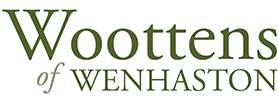

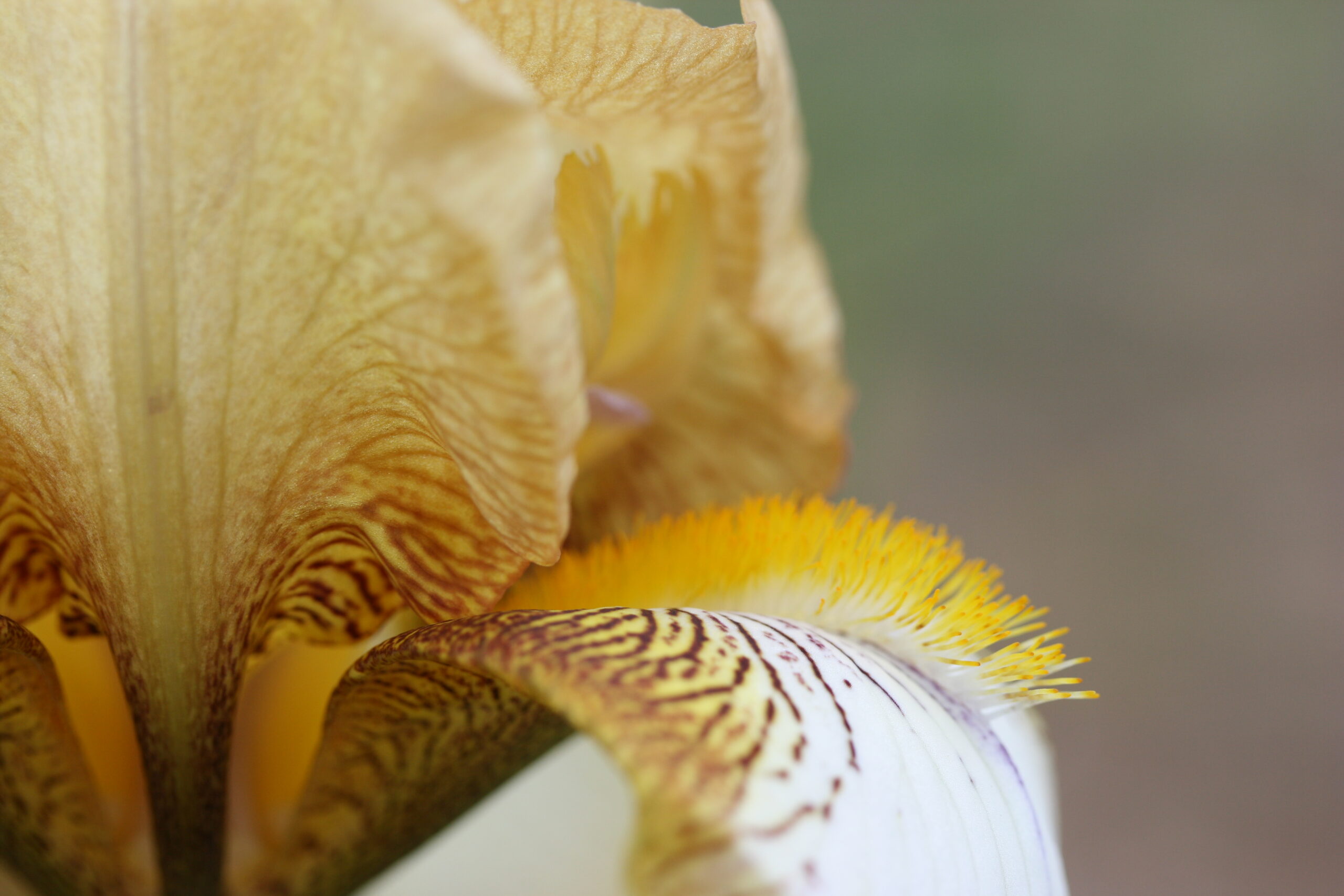



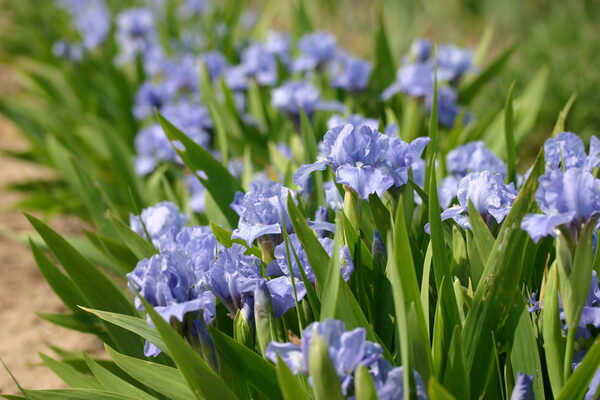

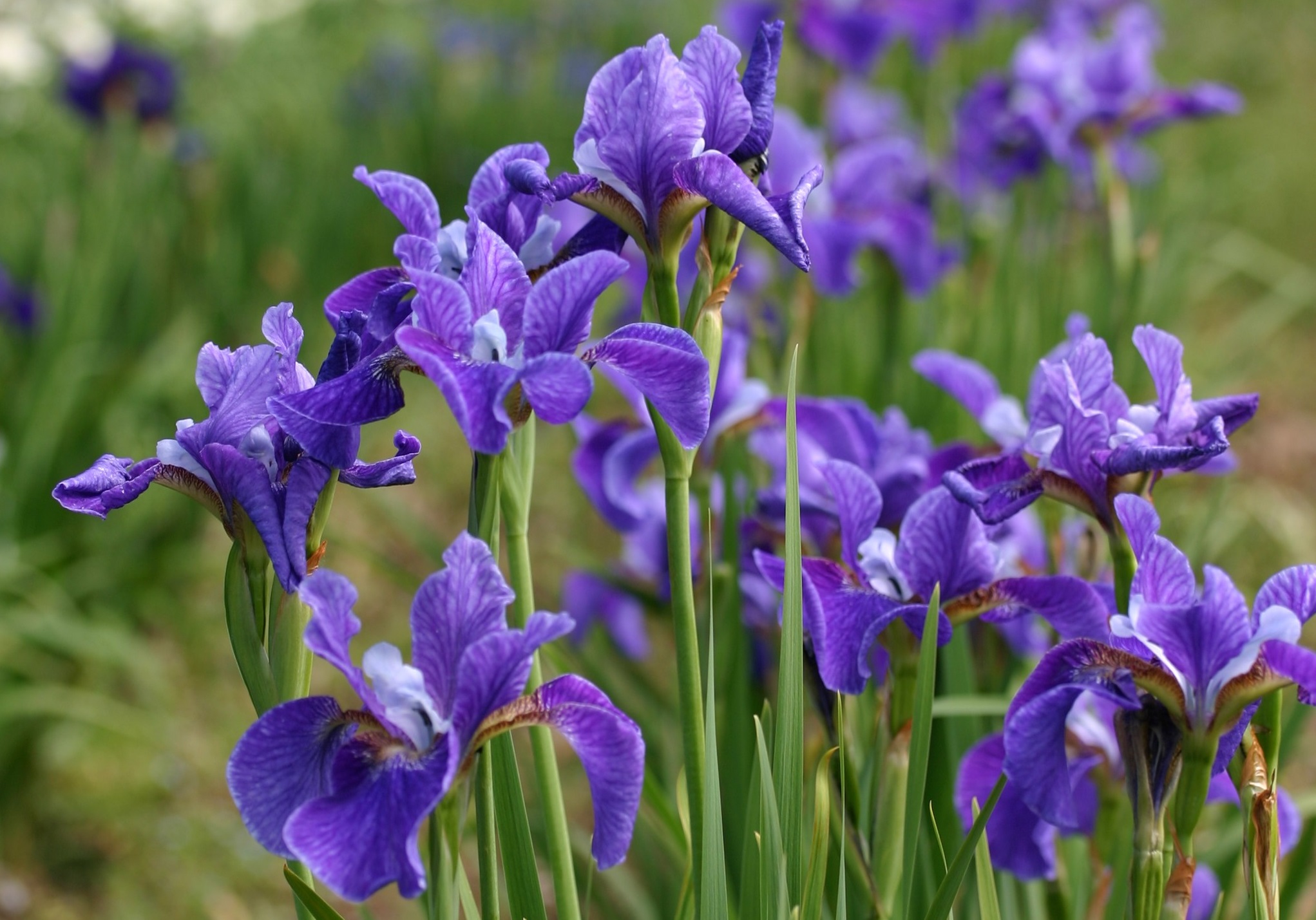

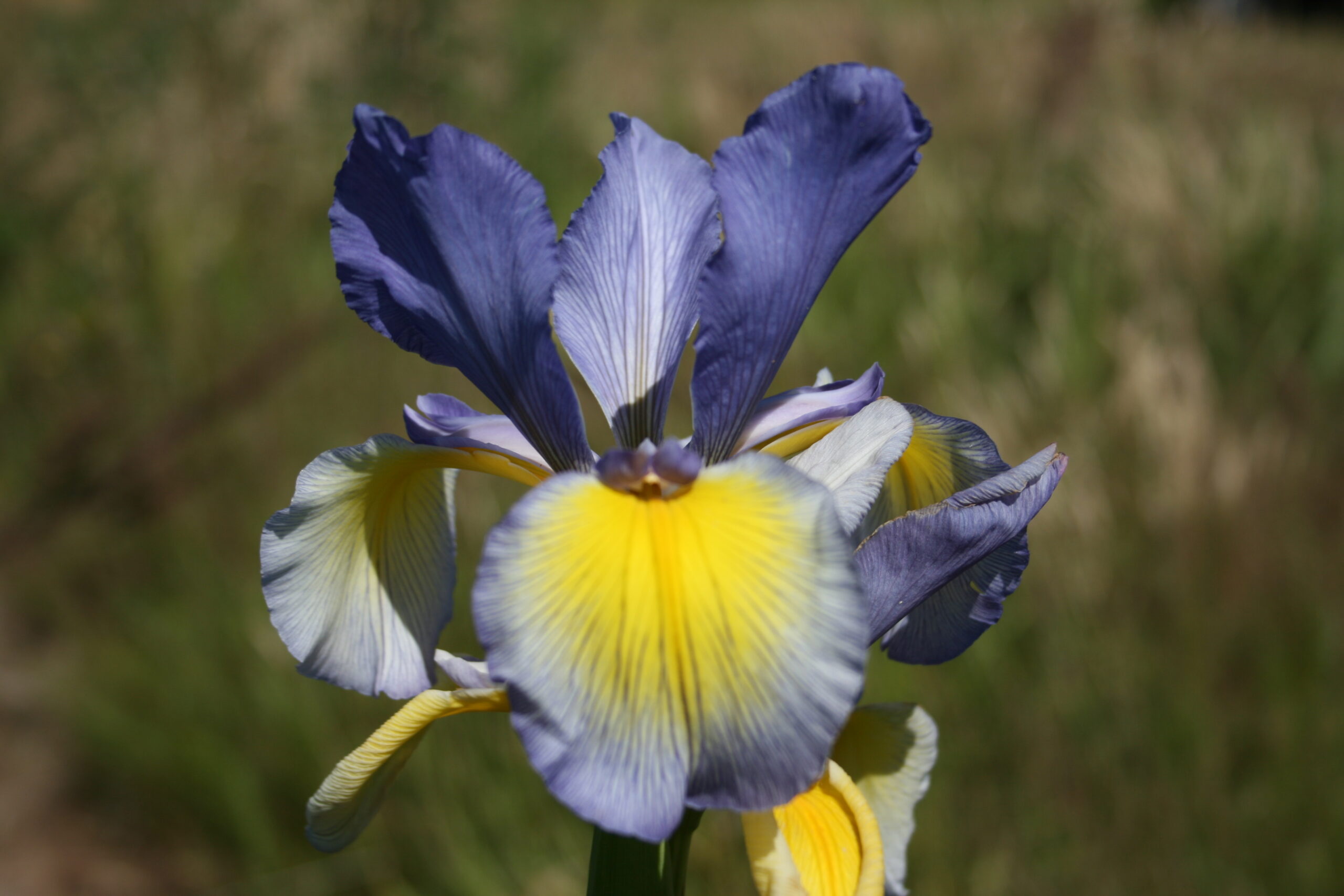





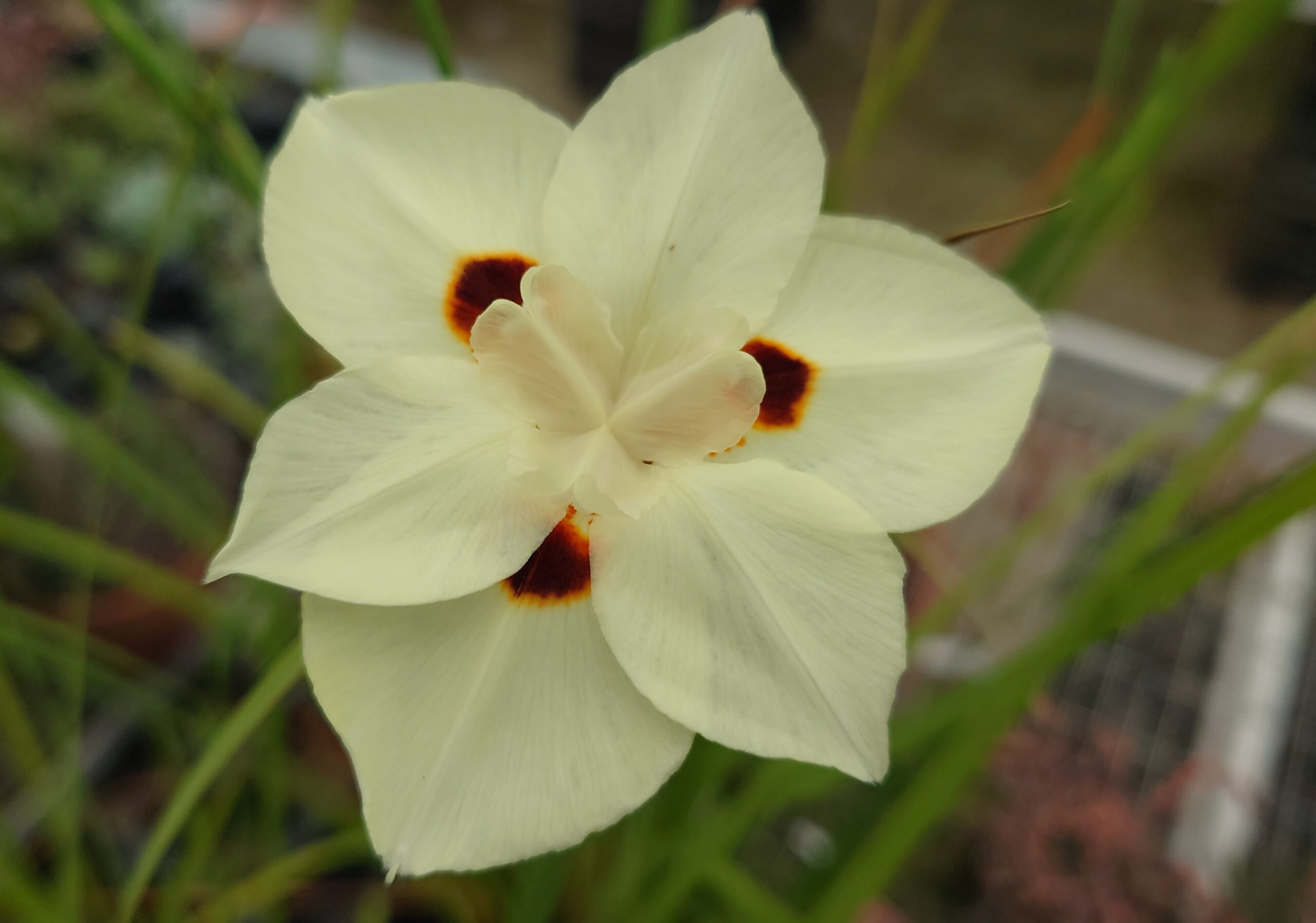



 Twitter
Twitter Facebook
Facebook Pinterest
Pinterest